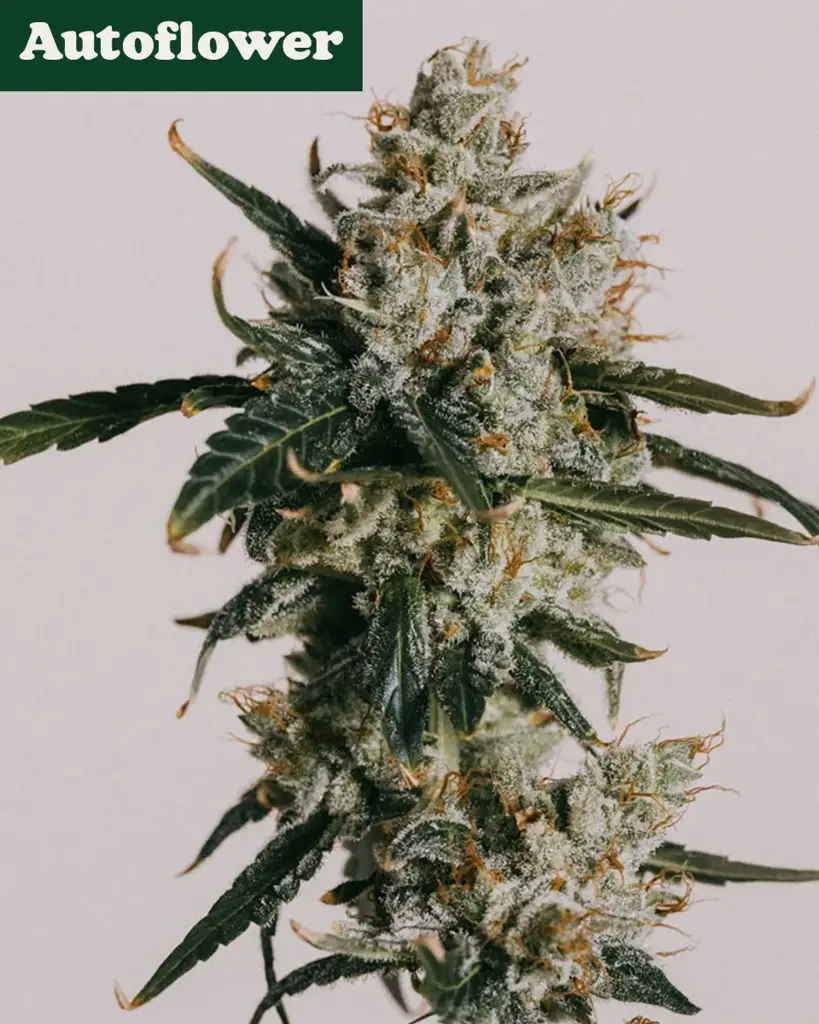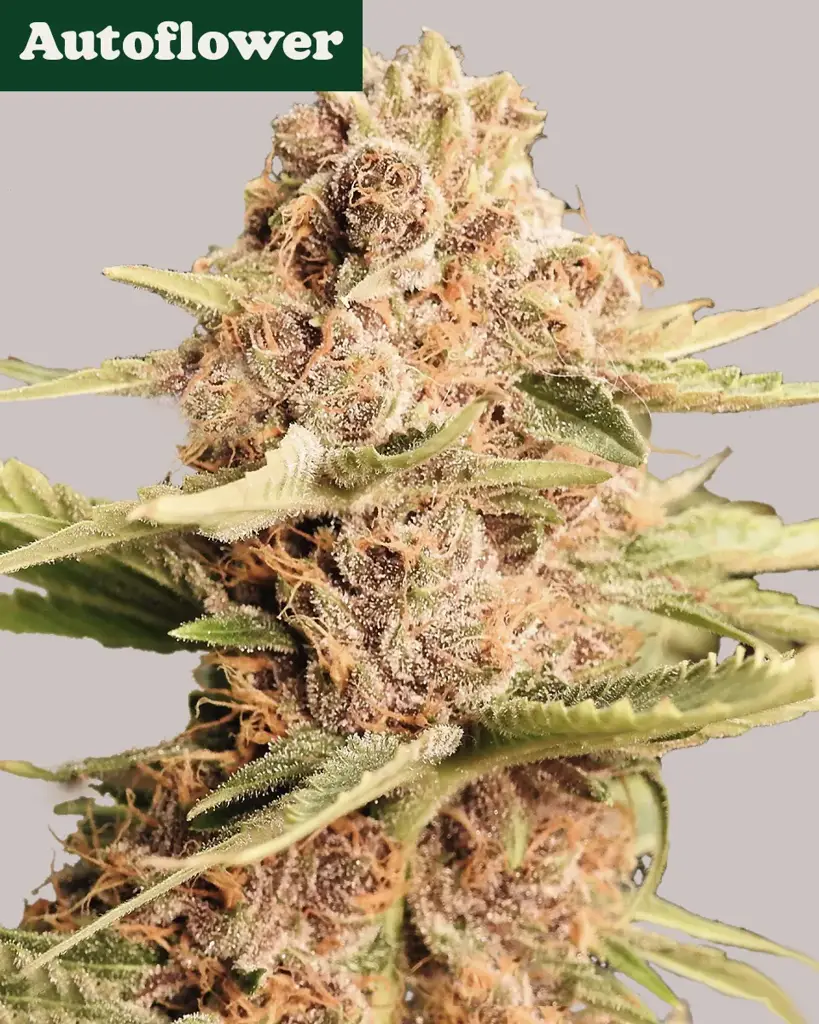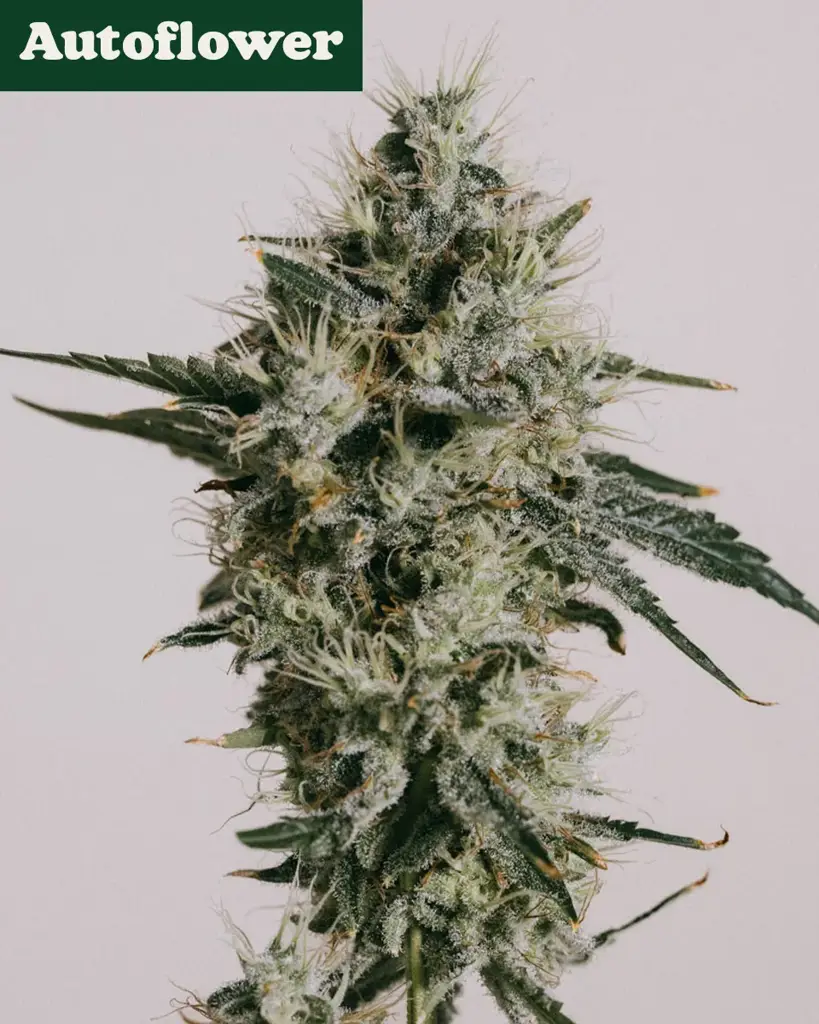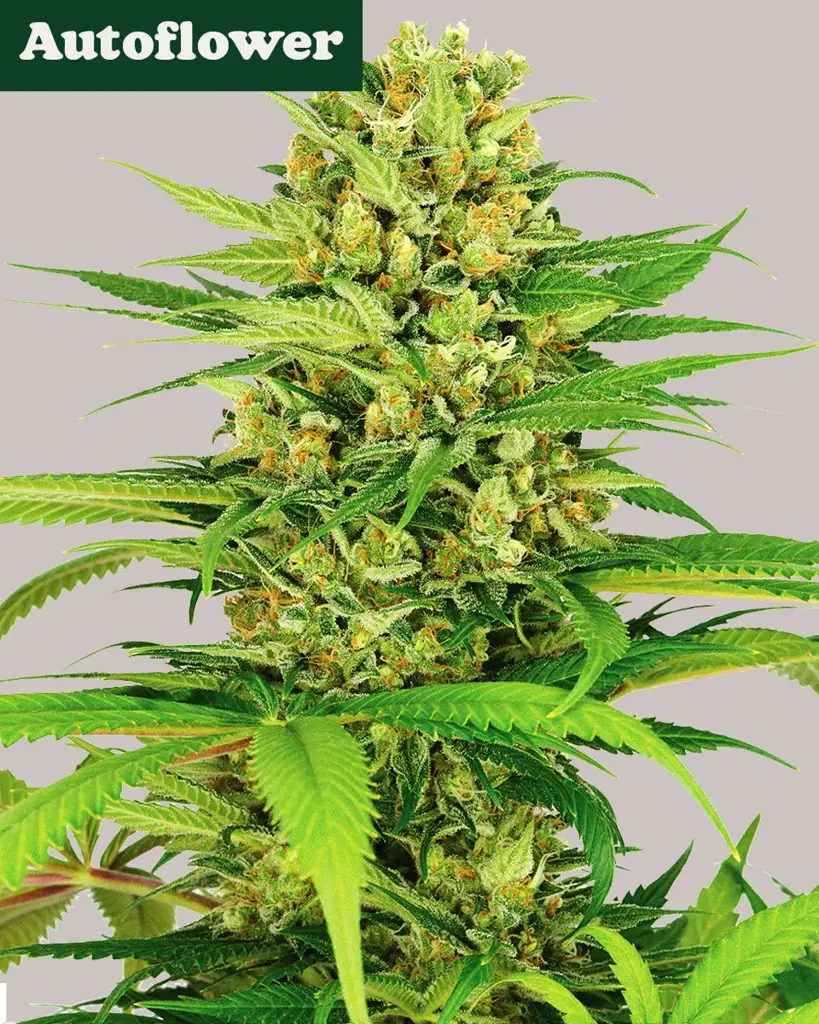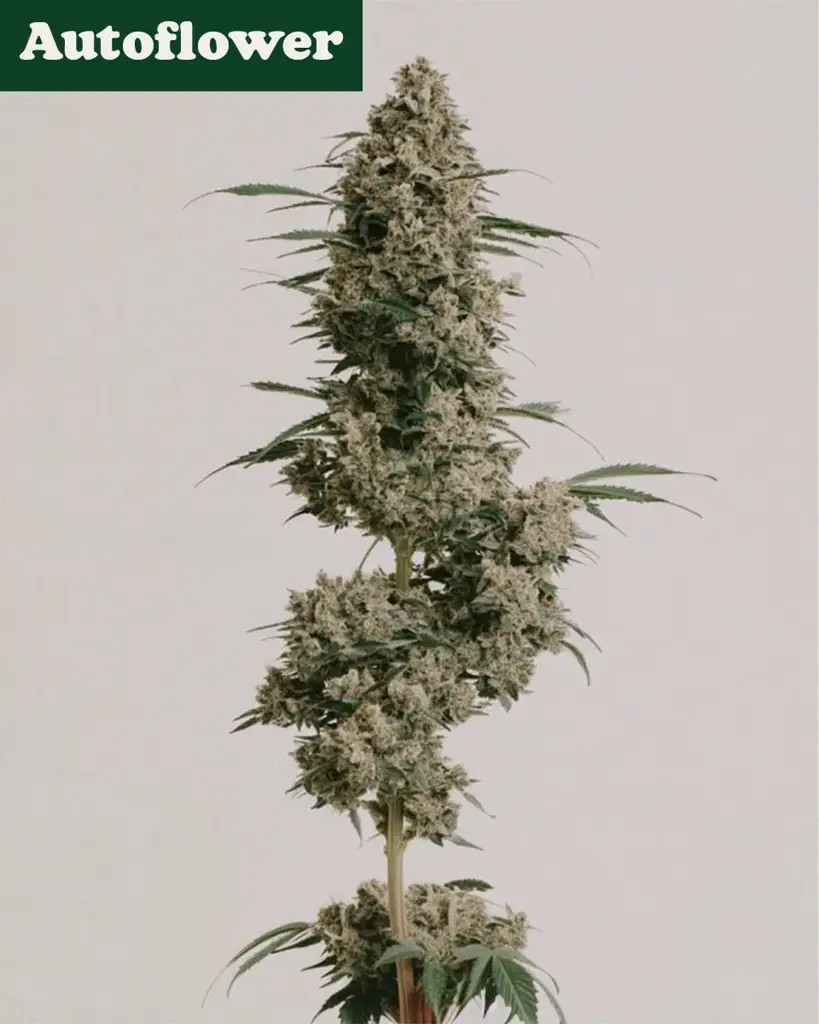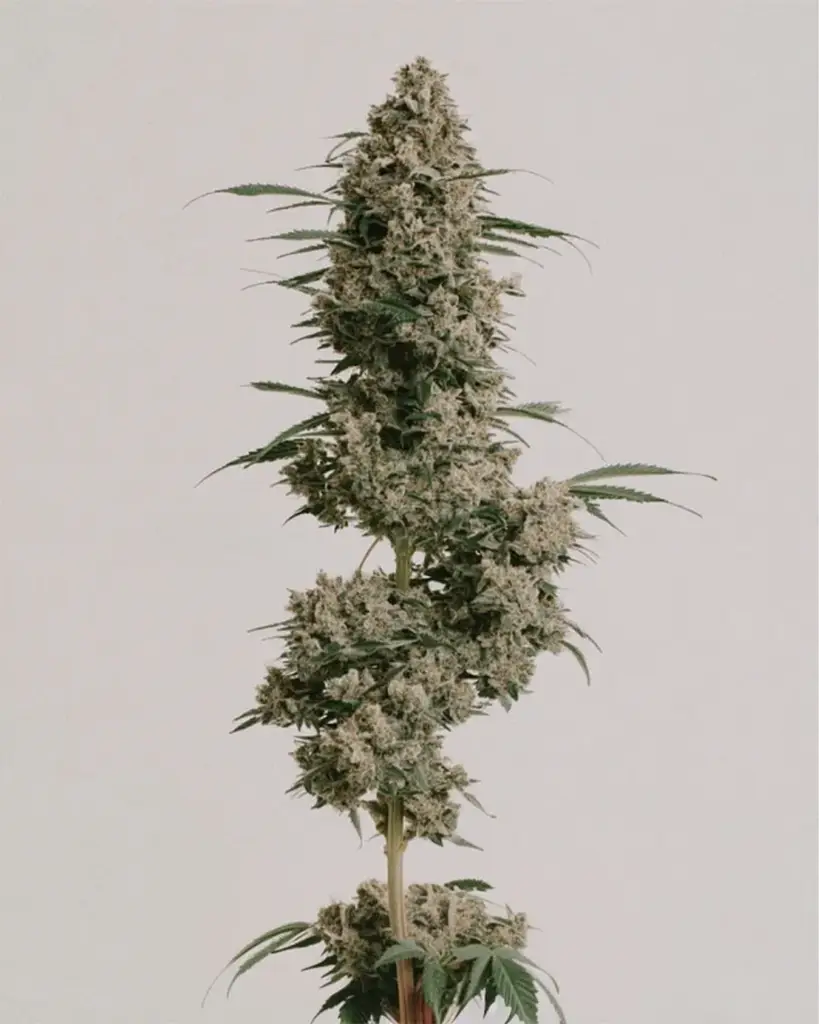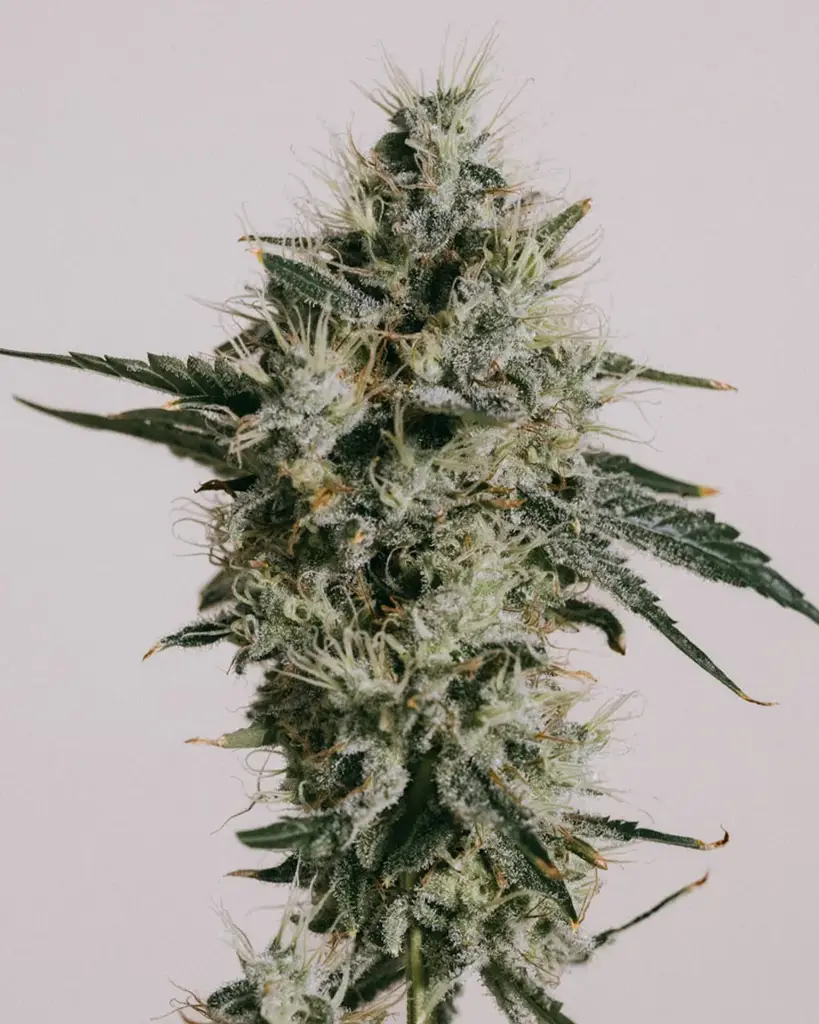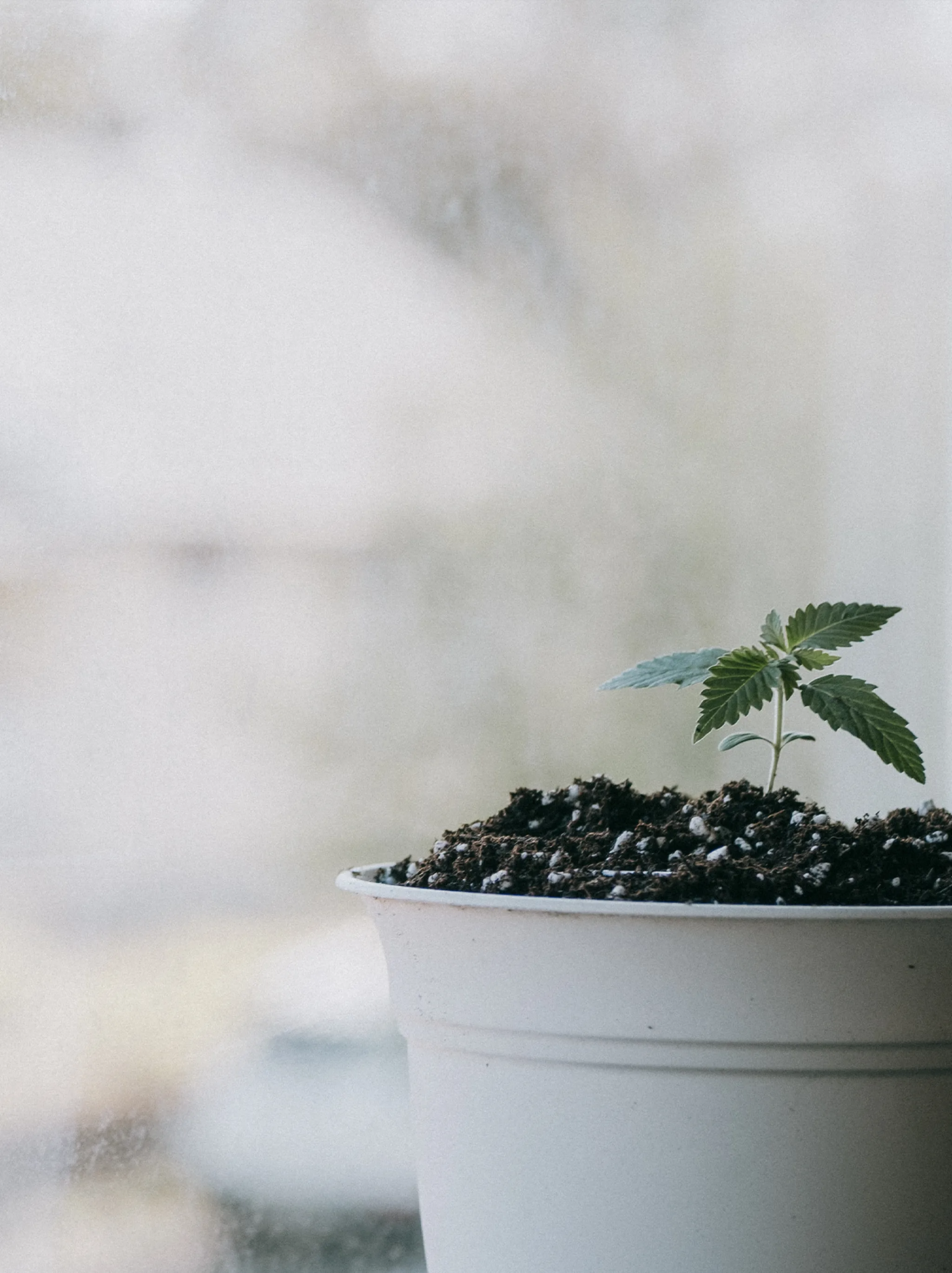
How to Choose Cannabis Seeds For Your First Grow
Cannabis has a wide array of remarkable traits, and this article will help you pick the perfect strain to grow. Distinct aromas can transport you to another place filled with memories of friends and good times. Flavors can awaken the senses and spark joy in your day.
Table of contents
- First things First, Where Do You Intend To Grow?
- Indoor
- Outdoor
- Climate and Environment
- Choosing The Right Type of Cannabis Plant to Grow
- Photoperiod Seeds vs. Autoflower Seeds
- Plant Choice and Space Available: Indica, Hybrid, or Sativa?
- Breeder Reputation and The The Importance of Genetics
- Choosing the Right Strain
- Medicinal or Recreational?
- Aroma and Flavor
- Knowing Your Desired Effect
- Different Options and Growing Methods
- What Strain Should I Start With?
- How Many Cannabis Seeds Should You Buy?
- Final Thoughts
Selecting the right cannabis strain, however, involves more than just choosing from fruity, floral, earthy, or gassy. Other considerations include where you will grow, what type of seed to select, and knowing the desired effect you are seeking. The mystery of unraveling the right strain for you begins below.
Too Long, Didn't Read
Some strains grow better indoors, and others better outdoors
Select cannabis seeds that match your growing environment
Certain seeds require special light schedules to flower
Terpene and cannabinoid ratios are good for medicinal consumers to be aware of
Keeping a journal helps to expose commonalities in the strains you enjoy
First things First, Where Do You Intend To Grow?
New growers stand a better chance of success when they consider the process from start to finish. Some cannabis genetics prefer growing indoors, while others, like tall sativa plants, are best suited for outdoor planting. Check our description next to each ILGM seed offering to see which cannabis seeds are best for your grow space.
Our Bestsellers
Indoor

Growing cannabis indoors allows the grower to control the environment, nutrition, and light hours. Being able to control the different variables makes it possible for the grower to bring out the best expression of each strain. Indoor growing does require an investment in grow equipment which isn’t needed when cultivating outdoors.
Outdoor

There is no better grow light than the sun. Growing cannabis outdoors can lead to massive plants capable of towering over the gardener. The catch is that growers are at the mercy of the environment and pests. Selecting the right cannabis seeds can increase a grower's chance of success. Similar to growing indoors, there is a checklist of variables to consider when growing outdoors.
Climate and Environment
Alright, let’s get something straight. Specifically, when we’re talking about cultivating cannabis, climate, and environment mean different things. (yes, I know, these terms can be used interchangeably. But we’re talking cannabis here).
When we say “climate,” we’re usually referring to the conditions outdoors. The temperature throughout the year, how many sun hours your part of the world gets during summer, what the humidity level is in your area at any given time, and stuff like that. When selecting a cannabis strain to grow in your garden, you’ll have to consider all these things and choose a strain that works for your local climate.
When we say “environment,” we mean the conditions you create yourself in your grow room/grow tent. There, you are master over your domain, where you can adjust the temperature, humidity, and all other things cannabis plants love yourself. That also makes it a lot easier to choose what kind of cannabis seed or cannabis genetics you get because you can dial in the growing environment according to what your plant needs.
Choosing The Right Type of Cannabis Plant to Grow
Growers are now able to select strains based on their grow space and experience level. If a grower has low ceilings, look for plants with a short to medium height. Outdoor growers in humid areas can look for strains with resistance to powdery mildew. New growers can search for plants that are easy to grow. At the same time, experienced growers can challenge themselves with finicky strains like the original Zkittles or Sour Diesel.
Regular vs. Feminized Cannabis Seeds
Cannabis seeds can produce boy plants and girl plants. The technical term used in the industry is “regular” cannabis seeds for those that produce the two sexes. Growers who may not feel comfortable recognizing the signs of male plants will often select “feminized” cannabis seeds. Feminized seeds only produce the desired flower-bearing female cannabis plants.
Photoperiod Seeds vs. Autoflower Seeds

Indoor growers have the advantage of controlling light hours. Photoperiod and feminized cannabis plants require 12 hours of continual darkness each day to flower. Autoflower (regular or feminized) cannabis plants, on the other hand, will flower under any light schedule, which can be an advantage for outdoor growers. Discover more about photoperiod and autoflower cannabis seeds in our blog.
Plant Choice and Space Available: Indica, Hybrid, or Sativa?

Cannabis plants can grow as a squat bush or as tall as a tree. The genetics you choose to grow can be a deciding factor. It is important to know whether you intend to grow indoors or outdoors and to select genetics that will work best within that space.
Traditionally, cannabis plants that grow from indica seeds are known to be shorter and wider, potentially related to the region of their origins. Sativa genetics came mainly from equatorial regions, and their sativa seeds grow into taller cannabis plants with wider gaps between the branches.
Cannabis plants that are considered hybrid genetics can lean towards either indica or sativa characteristics, so be sure to check the “finished height” section in the ILGM strain descriptions.
Breeder Reputation and The The Importance of Genetics
Choosing the right type of cannabis genetics is important, as we’ve just read. But there‘s also such a thing as where they come from. Who “made” (read, crossed) the genetics you’re about to buy? We at ILGM take great care to source the seeds we sell from reputable breeders.
But, if that’s not enough for you and you want to know all the ins and outs of who created the genetics before making a decision, check out the seeds from one of our many collab projects, like Phylos Seeds, Green Bodhi Seeds, Speedrun Seeds, Colors By Cultivar Seeds and many, many more to come.
First Grow?
Choosing the Right Strain
To select your perfect strain, you should be able to answer each of the following nine questions about what you desire;
What finished height are you going for, or can you house?
What is the flowering time of the cannabis strain you’re looking for?
Are you going to grow Indica seeds/Sativa seeds/Hybrid seeds?
Will the cannabis strain you’re looking for fit your environment (physical space and temperature/humidity)
What is the expected yield of the cannabis strain? (how many plants should you grow?)
What cannabinoid ratio/profile (THC to CBD to CBG, etc.) are you looking for?
What aroma profile are you looking for? What are your favorite smells?
What flavor profile are you looking for? What are your favorite flavors?
What effects are you looking for? How do you want to feel once you consume the fruits of your labor?
**Notice I did not include appearance in that list? Don’t stare yourself blind on looks. I’ve had some really ugly-looking buds knock me off my socks.
Medicinal or Recreational?
What experience do you want from your cannabis? Is it less social anxiety, is it feeling more creative, or is it a therapeutical effect you are seeking?
In regards to recreational cannabis, the majority of strains available are high in THC, which is the cannabinoid that produces the intoxicating effects. Most strains will be good for recreational consumers. All you need to do is to look for the amount of THC you want and to follow your nose to pick an aroma profile you like.
People who use medical cannabis tend to look to a few other factors when selecting the right cannabis strain to grow. Cannabinoid ratios and terpenes are synergistic to the experienced effects. Several medical cannabis strains exist that have a 1:1 ratio of THC to CBD. CBD is a tool that pharmaceutical companies like Jazz Pharma are using when exploring new medicines.
This is all to say that if you’re looking to grow medical cannabis for therapeutic purposes, you need to do some research on which cannabinoids and terpenes are most beneficial for you and your situation.
Terpenes are also important to the experienced effects. In 2011, Dr. Ethan Russo published a peer-reviewed paper titled - Taming THC. It explores the entourage effects and synergy between cannabinoids and terpenes. Finding the terpenes that work best for your needs is a benefit.
Aroma and Flavor
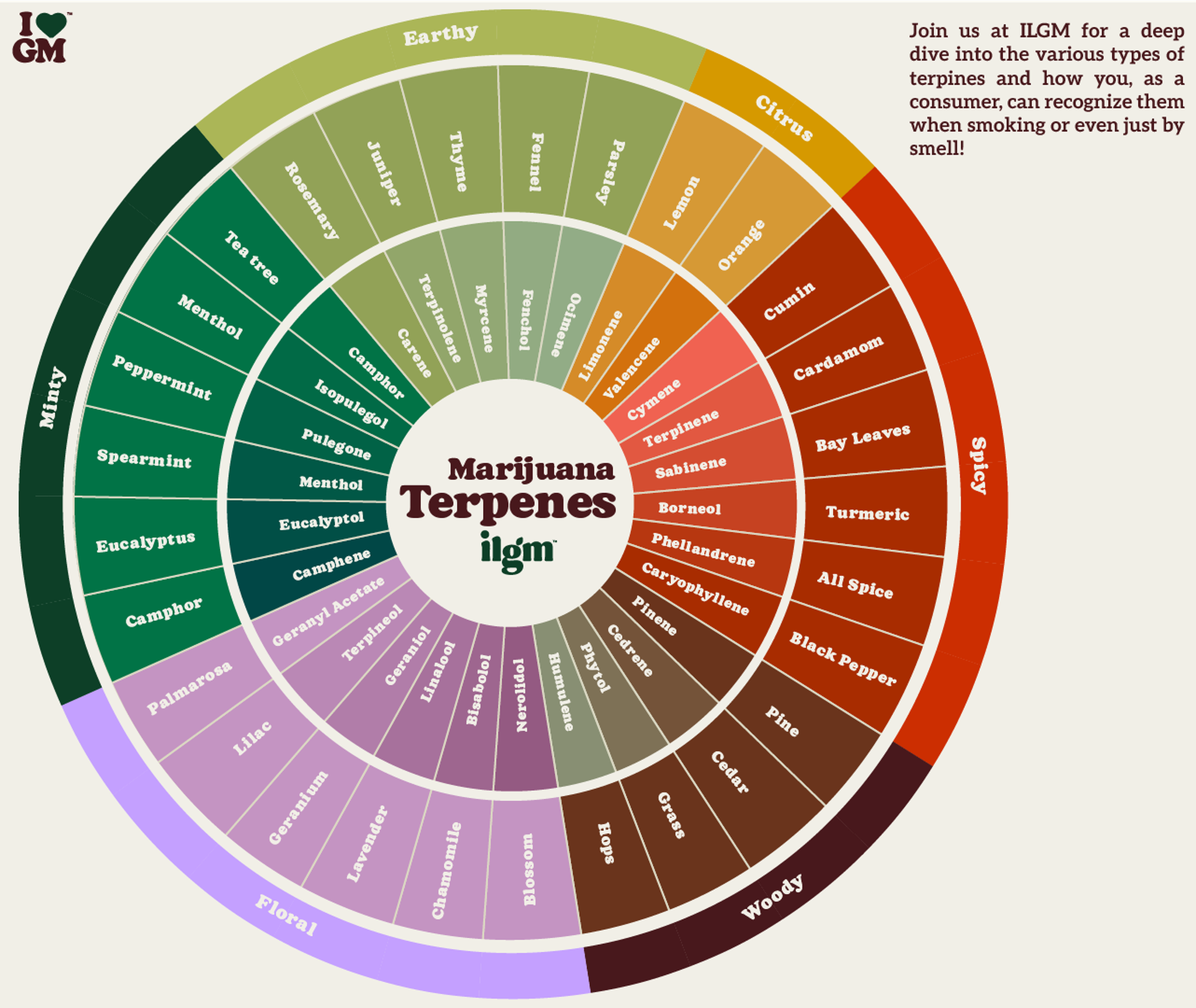
The variety and subtleties of cannabis profiles are immense, but they can generally be categorized into one of the following four categories;
Fruity
Floral
Earthy
Gassy
Some consumers are after a nose-burning funk, while others seek out the fruity profiles of oranges, berries, or papaya. There are plants with scents of spices and pepper, and there are others that smell of pine trees or the forest floor after a fresh rain.
Terpenes contribute greatly to both aroma and flavor. Becoming familiar with them through experience will help you select your perfect seed purchase.
Knowing Your Desired Effect
It may take time for you to discover what profiles you enjoy and which ones you don’t. A great way to speed up the process is by keeping a journal. This is a place where you can record the strains you are trying, what the profile was like, and how the effects worked or didn’t work for you.
**If consuming edibles, record the dosage, time to onset, and duration.
If your cannabis comes with lab-certified testing for cannabinoids and terpenes, that information will greatly speed up the process. Be observant, and you will quickly narrow in on what you like. I also use the jar test - Which jar do you keep going back to first? Why?
Different Options and Growing Methods
There are four main methods of growing cannabis indoors;
Potting soil
Living soil
Coco
Hydroponic
Potting soil and Living soil fall within the same principle; “soil.” Coco coir is a little different because it might look like soil; it’s actually a “soilless growing medium,” meaning it doesn’t contain the nutrient value of actual soil. This means you’ll have to take extra care to provide what your plants need yourself and do it carefully.
Where the world of growing cannabis becomes truly different is when we’re talking soil vs. hydroponics:
Soil: A beginner-friendly option, soil is a great medium for growing cannabis. It’s more forgiving than other methods and allows the plant to naturally pull the nutrients it needs. Just make sure your strain is suited to the conditions you can provide—some strains might need a little more TLC with nutrients and pH levels.
Hydroponics: If you’re up for a challenge and want faster growth, hydroponics is worth considering. However, this method requires a bit more attention to detail and is better suited for growers who have some experience under their belt.
The takeaway here is that certain strains might be better suited for either hydroponics or soil. When you want to go hydro, be sure you choose a strain that can handle that method of growing.
As we mentioned at the top of this article, knowing the limitations of your grow space will help you decide which of these four methods will be best for you.
What Strain Should I Start With?
How Many Cannabis Seeds Should You Buy?
When buying from smaller breeders and random seed banks, it is wise to buy more seeds than you anticipate to grow. You never know what sort of germination rate those seeds will have. However, at ILGM, we guarantee germination. If you pay for five seeds, you’ll get five plants; otherwise, we replace them.
Let your grow space size and the plants’ morphology guide your purchasing decision. ILGM offers single strains in packs of 5, 10, and 20. We also offer mix packs with three different strains in packs of 15 (3×5) and 30 (3×10) for those looking to try a variety.

Experienced growers know that it is beneficial to have seeds on hand so they can get started before the harvest of the previous crop. With other companies, shipping can sometimes take over a month, throwing off the whole schedule. Try and think a grow or two ahead and make sure you’ll have seeds when you need them. Buying roughly double what you intend to plant is wise.
Final Thoughts
After reading this article, you should have a general idea of the important factors contributing to selecting cannabis seeds. These factors include climate, garden size, available gear, skill level, type of seeds, number of plants, and more. They all contribute to your seed-buying decision.
Have fun popping those seeds!
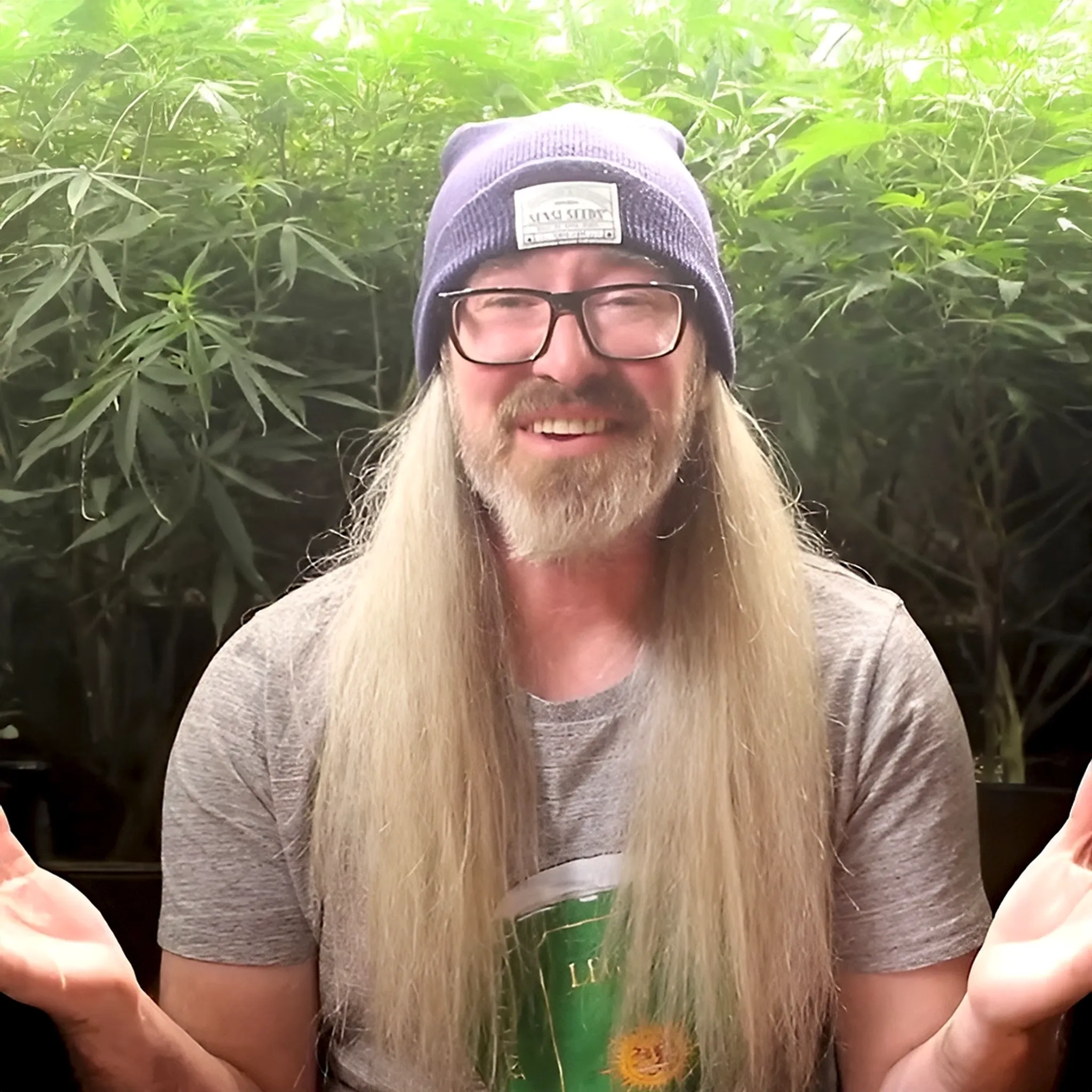
Chad Westport
Chad Westport, a lifelong grower, breeder & cannabis educator, specializes in controlled environment ag with a degree in sustainability.


